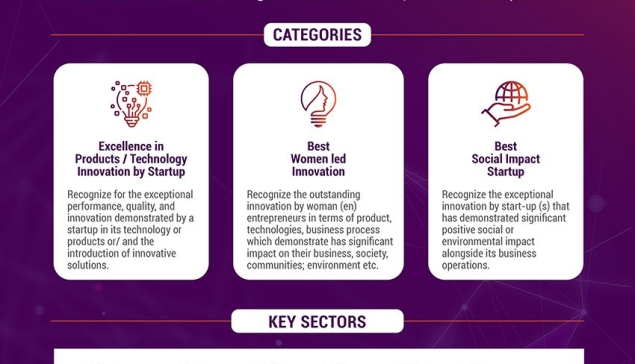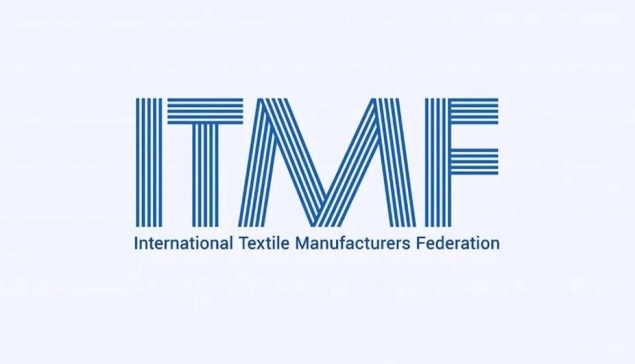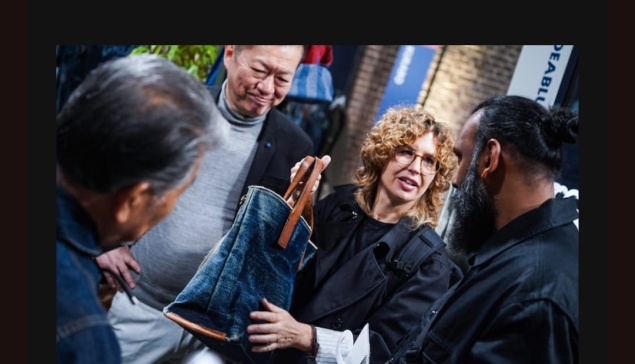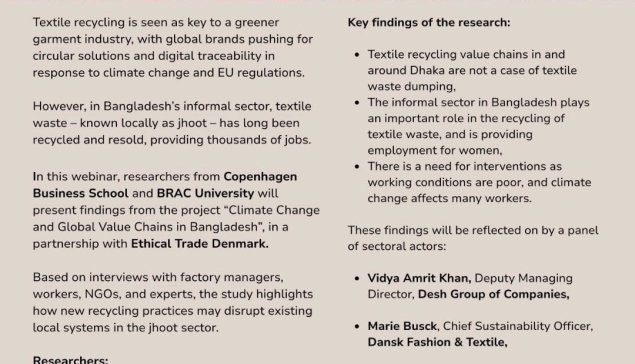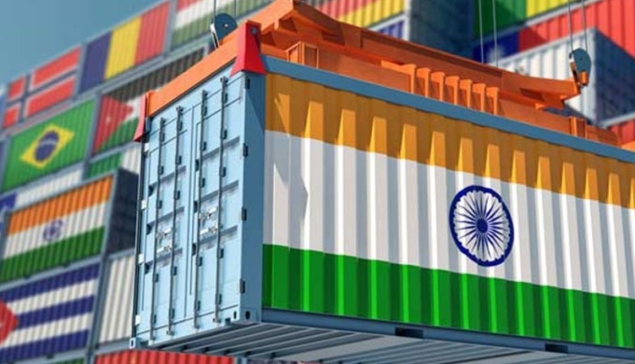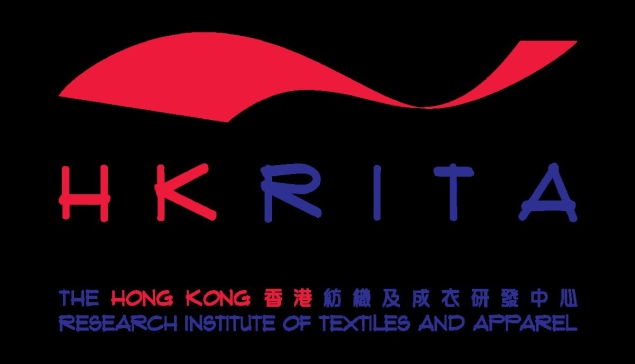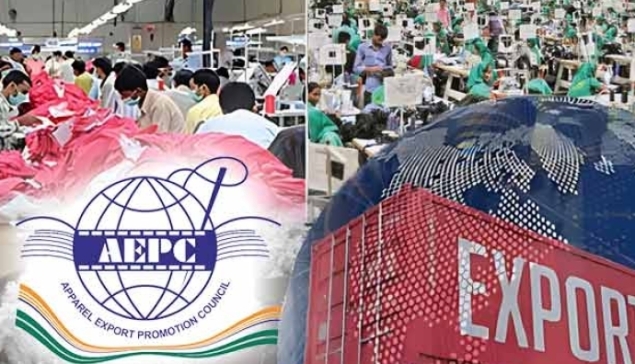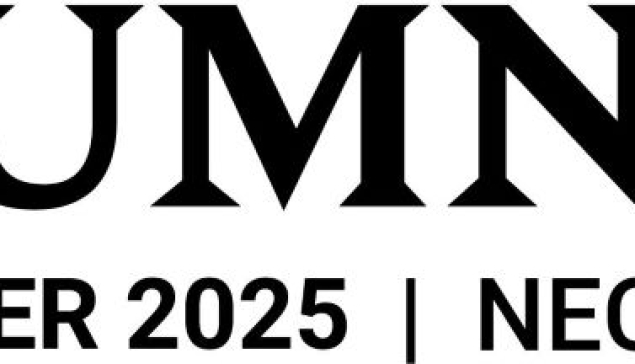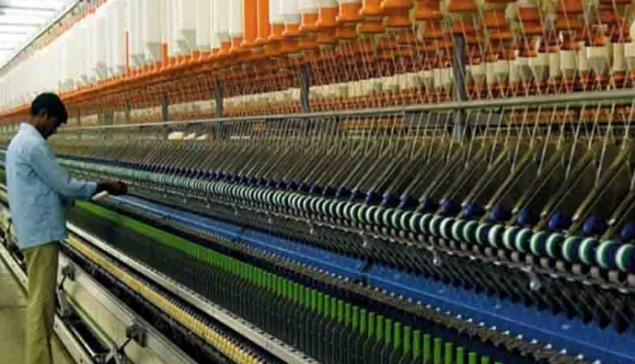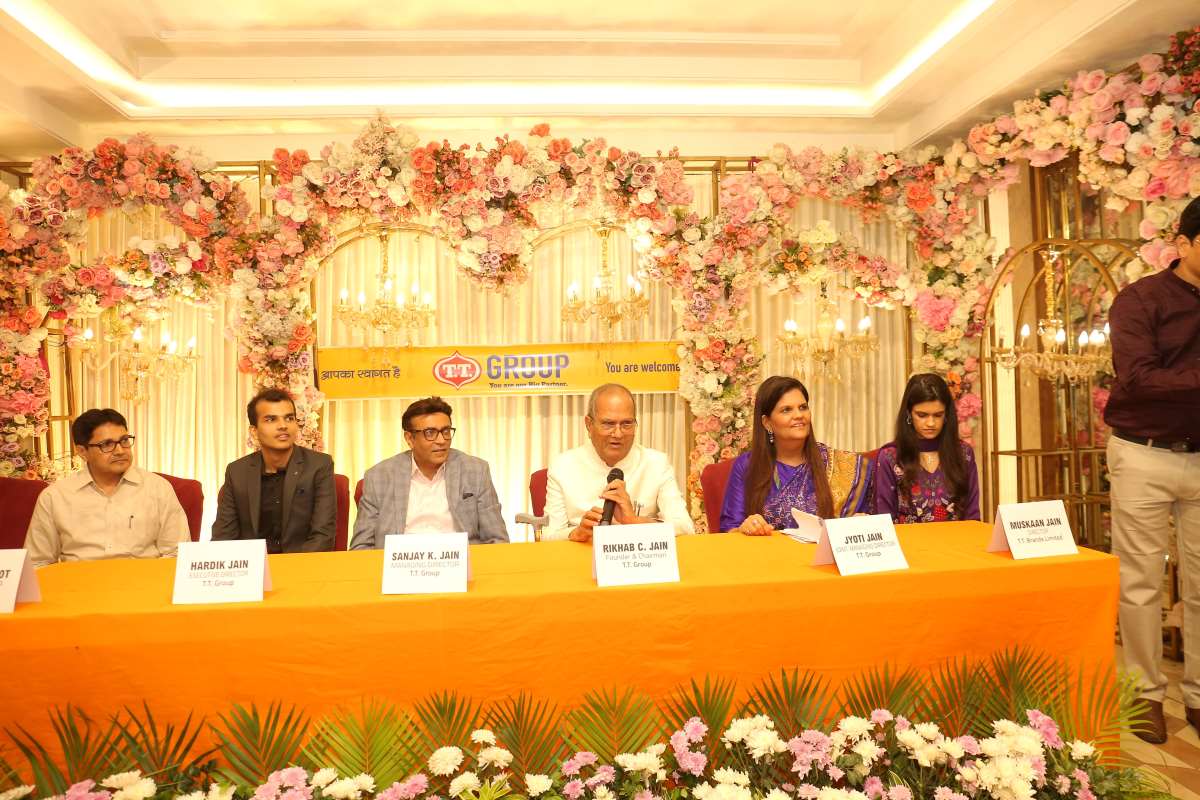We all hear statements daily from television, newspapers, politicians, and traders that the prices of food items, vegetables, medicines, and FMCG products are increasing by 10% to 30%, and are expected to increase further. In such circumstances, over the last 2-3 years, the cost of production has increased, but garment and hosiery business owners, producers, and manufacturers have not raised prices and are not raising them either.
A simple fact is that we, along with our families, especially the women in our households, are worried about the rapid rise in the prices of tomatoes, potatoes, chocolates, medicines, etc.
What should we do?
If there is any industry in India that remains unaffected by inflation and is the cheapest, it is the garment and hosiery industries.
This is happening even when the country's population has increased by 15 crore over the past decade. With an increase in people's income, the demand for textile products has also increased. Even in villages, the demand for good-looking clothes and fabrics among the lower-income groups has increased drastically and continues to rise. The increase in textile consumption and the improvement in the quality of fabrics can be seen in the beautiful changes happening on streets and alleys in recent years.
Even the prices of basic items made from Khadi, such as vests, underwear, simple bras, panties, and towels, are cheaper than Khadi kurtas and Khadi caps.
Khadi products are subsidized by 25% to 33%, but the prices of vests, underwear, handkerchiefs, blankets, shirts, pajamas, etc., are 3 to 4 times higher. In fact, if you are staying at a hotel like the Taj Mahal and you want to get your vest or underwear dry-cleaned or laundered, the cleaning charges will be much higher than the price of new vests, underwear, and T-shirts—possibly several times more.
Clearly, due to competition, the prices of hosiery, garments, and home textiles have not increased. Despite overstocking and inventory, have the costs not risen? Have labor wages not increased? Have the prices of electricity, rent, transportation, packaging materials used in hosiery and garment industries not increased? Have the prices of machinery, spare parts, local municipal taxes, and transportation costs not increased?
If every industry and business owner is facing these rising costs, why haven’t the prices gone up? What is holding them back? I believe that due to our internal weakness and competition, we are not increasing the prices, and many companies are even reducing their prices out of helplessness. This means the profit margins are taking a hit.
You must have heard on television that the prices of everything are rising so much that many industries expect their business profits to increase by 5%.
But in the hosiery and garment sectors, people barely manage to make 1 or 2%. With inflation increasing by 8% annually, as acknowledged by the RBI, how can such diminishing profits continue, especially when, in real terms, 5% profit at the end of the year will be reduced to just 4.5% due to inflation?
How will this continue? We need to wake up and take steps to improve the industry. The data is all available, so why is our industry falling behind?
Won't continuous reductions in profit or the complete loss of profit cause major difficulties for many business owners in this industry? We must trust that prices will rise, and that people will not stop buying clothes. India is no longer the India of 1950-1975. The income of every citizen has continuously increased.
This business/industry may need to be abandoned if prices do not rise. Recently, there has been a proposal to increase the GST rates on garments priced above Rs. 1000 or Rs. 1500. This will be another wrong step, and increasing the prices of various hosiery and garment items is inevitable. The industry is requesting the government not to raise taxes, as an increase in GST tax in such difficult circumstances will further complicate matters. Many studies of various industries show that fierce competition has led to a drastic reduction in profits, causing many industries to shut down under such circumstances.
Not raising prices affects the earnings of workers, employees, suppliers, and shareholders involved in the hosiery and garment industry. As a result, the demand in the domestic market decreases sharply, affecting the national economy. When the income of workers and employees in the textile industry decreases in real terms, how will they spend more in the market on food, housing, schooling, hospital bills, transport, or travel? This directly impacts India's development and growth plans.
Moreover, due to the decreasing profit margins, future generations may not want to work in this industry, especially when more profitable industries emerge, inspired by India’s development. The textile, garment, and hosiery industries are already at the lower end in terms of profit margins.
To align with the country's economic changes, our textile, garment, and hosiery industries must adapt. Several years ago, saree traders in Surat were so engaged in cutthroat competition that every time you turned on the TV, ads from saree brands would follow one after another. This over- saturation confused and misled the customers, and eventually, all the brands disappeared.
A similar problem exists for hosiery and apparel: the global business downturn, economic recession, and conflicts in 3-4 regions have severely reduced exports. Moreover, competition from China, Vietnam, Bangladesh, Sri Lanka, and several small island nations has intensified. In textiles, instead of an increase, the prices decreased by 2.14% in the last 22-23 years.
Data for 2024 is not yet available. So, are workers and owners in the textile, hosiery, and garment industries unaffected by the rising inflation in food, housing, school fees, hospital bills, transport, and travel? Have the rates of sewing, knitting, dyeing, and processing not increased?
Industry thinkers and textile industry leaders and associations need to wake up and start working on personal and collective solutions. This will pave the way for the growth of the industry and the nation. There are paths, and the industry must forge ahead with collective strength and unity. Victory lies beyond fear.
CREDITS: Rikhab Chand Jain, Chairman, TT Group.

